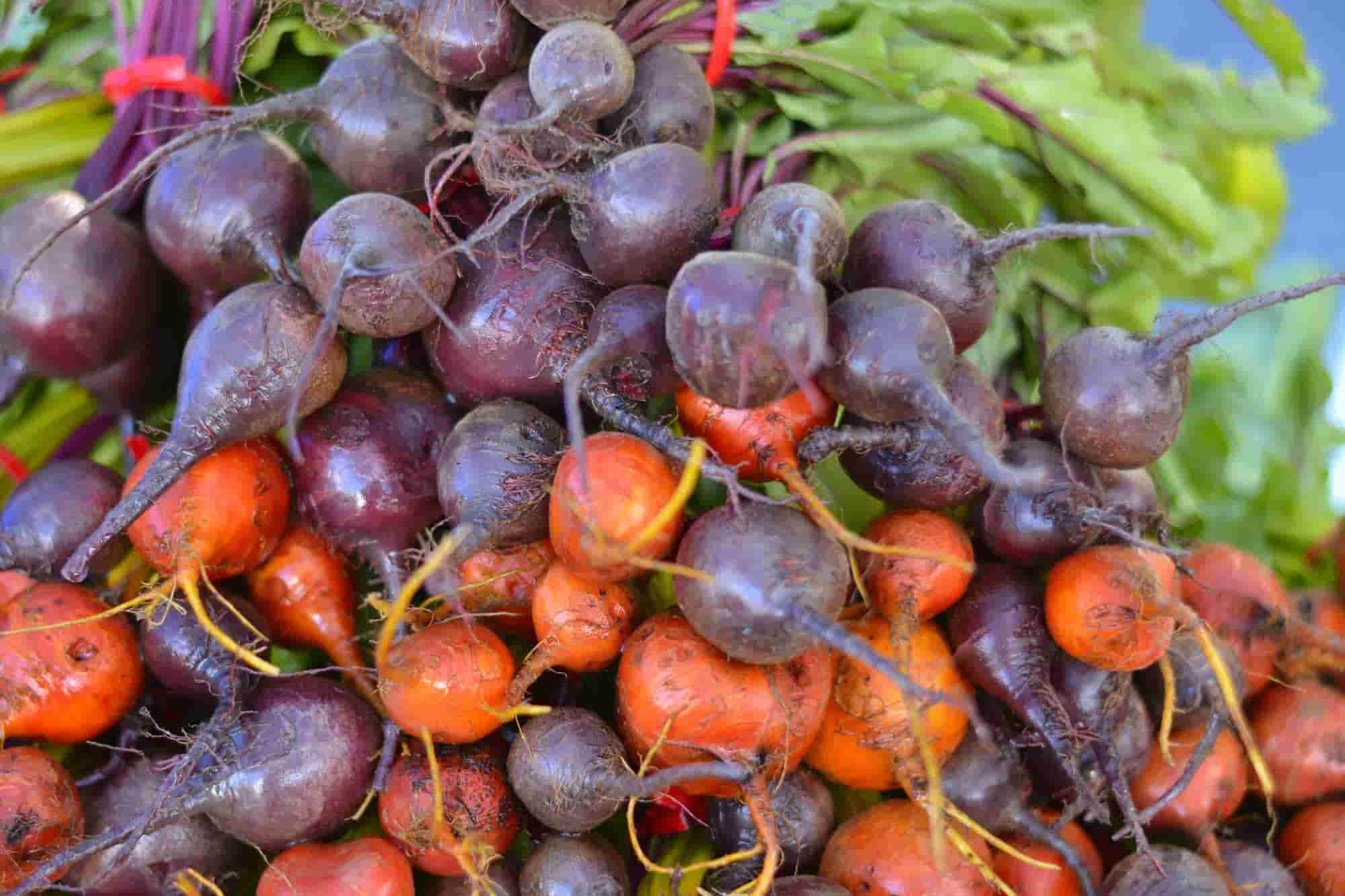
Beetroot: the best varieties
Discover our selection of six beetroots to grow in the vegetable garden for their colour, flavour, or early maturity.
Contents
Originally, beetroot (Beta vulgaris) was cultivated for its leaves. This characteristic explains its etymology: beetroot comes from “bette,” a plant grown for its leaves, and “rave,” which refers to the root of a vegetable plant. It is indeed the garden beet that is most commonly grown in our vegetable gardens and consumed, whether raw or cooked, or even in juice form. Although fodder beet, primarily intended for livestock, deserves a place in the garden as well as on our tables. This is because beetroot has numerous nutritional benefits, being rich in fibre, minerals, vitamins, and trace elements. In the vegetable garden, this biennial plant from the family Chenopodiaceae, with its round, flat, or conical roots, is quite undemanding regarding its growing conditions. A loose, well-draining soil, good mulching, and a sunny location are its only requirements. As for the choice of variety, it is vast, as beetroots differ in shape, colour, and flavour… Discover our selection of the six best beetroot varieties to help you choose according to your needs and desires.
The flat black beet of Egypt with remarkable early maturity
If you only think of beetroots in shades of red, the Flat of Egypt is for you. As its name suggests, it is of Egyptian origin (likely discovered by Napoleon I during his campaign in Egypt) and boasts a very intense red colour. Its epidermis has a purplish hue while its flesh is a very dark blood red. As for its leaves, they are a vibrant green, veined with garnet. Their delicate flavour allows them to be included in a mesclun, adding a splash of colour. The Flat of Egypt beetroot has a smooth skin and is characterised by a round, spherical, and flat shape that makes it sit just above the soil surface, as if resting on the ground. Only the taproot penetrates the soil, allowing it to be harvested at the right ripeness, when it reaches the size of a closed fist.
This is an early and particularly precocious variety that is also very drought-resistant. It will therefore bolt less easily than other varieties. It can be sown as soon as the frost has passed, from March until July. The seeds germinate 8 to 10 days after sowing. One can expect a harvest 4 to 5 months after planting the seeds, before the autumn frosts. Yield: 1.5 to 4 kg per m².
The Flat of Egypt beetroot is delicious when eaten raw, grated, but it can also be enjoyed cooked.
Chioggia beet, the beautiful bicolour Italian variety
Do you enjoy playing darts? Undeniably, the Chioggia beetroot will remind you of a target with its concentric rings of alternating pink and white. This heirloom beetroot boasts all the elegance of Italy, having been revived in recent years by chefs. However, these lovely colours fade when cooked. Its graphic flesh is also delightfully sweet. This makes it a beautiful beetroot to enjoy raw, perfect for adding colour and originality to a simple salad. It is a round beetroot also known as Tonda di Chioggia, originating from a small town in north-eastern Italy, a replica of Venice.
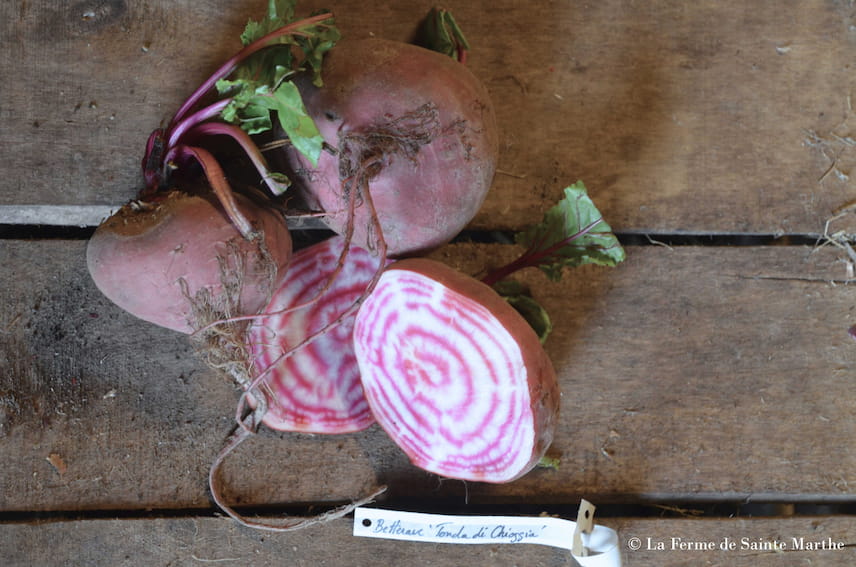
The Chioggia beetroot looks stunning with its pink and white cylindrical circles (©La Ferme de Sainte-Marthe)
The Chioggia beetroot is an early variety, sown from mid-April to July. However, as it is sensitive to heat and drought, it requires cool soil, regular but moderate watering, and good mulching. This lady also fears excess moisture. It is harvested about 50 days after sowing, between July and October. Nevertheless, it is a very productive variety.
It has a sweet and mild flavour that can be enjoyed in carpaccio. Plus, your plate will look absolutely beautiful!
Discover other Beetroot seeds
View all →Available in 0 sizes
Available in 1 sizes
Available in 1 sizes
Available in 1 sizes
Available in 1 sizes
Available in 1 sizes
Available in 1 sizes
Available in 1 sizes
Available in 1 sizes
The Crapaudine beet, with its exceptional taste quality
With the Crapaudine beetroot, we take a leap into the past as it is a very old variety of Beta vulgaris, identifiable by its elongated root and cracked skin reminiscent of a toad. Hence its name… In the past, it was also known as bark beetroot or oak bark beetroot. If one overlooks its dark red colour, it could easily be mistaken for a black radish. As for the flesh of its root, which can reach 20 cm in length and 8 cm in diameter, it is very sweet, with a less earthy flavour than some other beetroots. This taste characteristic allows one to forget its rather unappealing appearance and irregular shape. Its flesh is also marked by an alternation of dark red and light red circles. Its leaves are numerous, very spreading, and a vibrant green with red petioles.
It is a late variety, sown in summer, ideally in June and July, for a harvest in October or November. Thus, it is an autumn and winter variety.
It can be consumed raw or cooked. It is particularly delicious when roasted for at least 2 hours.
Read also
How to sow beetroot?Burpee's Golden beet, stunning with its golden yellow hue
The Burpee’s Golden beetroot has American origins and is distinguished by its unique colour: its epidermis is orange and its flesh is golden yellow, which turns turmeric when cooked. Surprising in its hue, it is also notable for its very sweet flavour, with honey notes, and its tender texture. The leaves also have a sweet taste and rich aromas, making them suitable for cooking, like spinach, or for eating raw. Not exceeding 500 grams, its root remains small, with a small taproot, but it is sure to charm gardeners and food enthusiasts who appreciate originality. At ripeness, its green basal leaves, veined with gold, turn yellow.
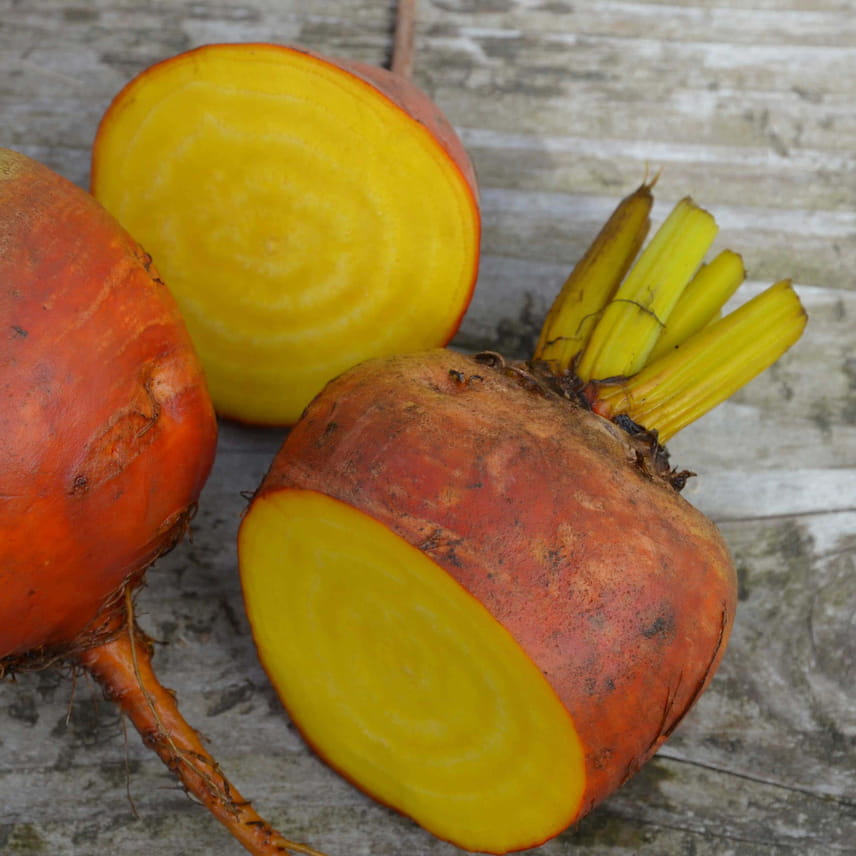 The Burpee’s Golden beetroot is remarkable with its golden yellow flesh and orange skin
The Burpee’s Golden beetroot is remarkable with its golden yellow flesh and orange skin
The Burpee’s Golden beetroot is sown from April until May. The harvest takes place from July to November. It is a relatively early variety but can be consumed about 2 months after sowing. It is sensitive to high temperatures and drought, so the soil should be kept cool with regular but moderate watering.
Cylindra beet, with unbeatable yield
Here’s another beetroot that certainly knows how to stand out! Firstly, its shape, as the Cylindra beetroot is cylindrical and elongated. The plant grows tall, allowing it to emerge from the soil quickly. Secondly, the Cylindra beetroot is covered with a very smooth, satin-like skin, dark red to violet in colour, which is easy to peel. What makes this beetroot particularly attractive is the length and width of its roots, which can reach 20 to 30 cm long and 20 cm wide. Therefore, the Cylindra beetroot has an excellent yield.
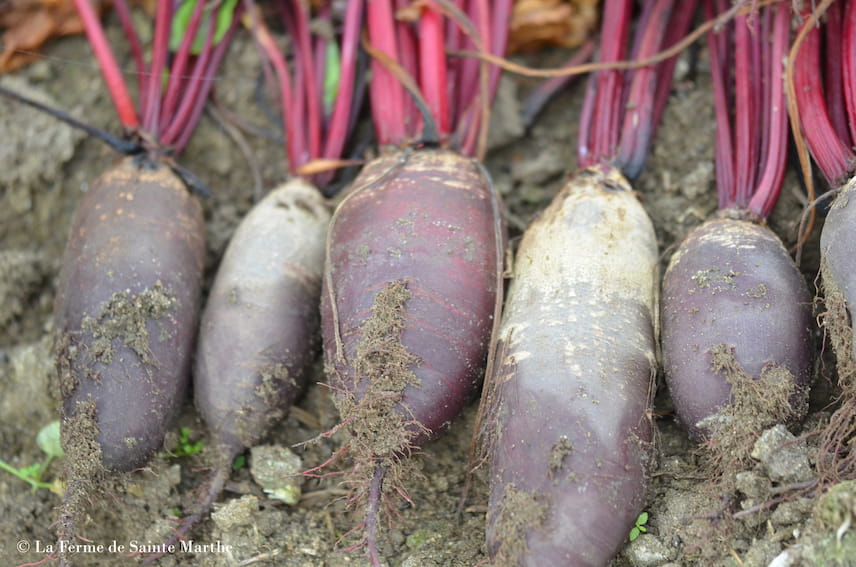
The skin of the Cylindra beetroot is smooth and satin-like (©Ferme de Sainte-Marthe)
Its fine, sweet flavour makes it a delicious beetroot, ideal when sliced. When cooked, it takes on a slightly caramelised taste. The English particularly enjoy this beetroot, which they call “Butter slicer” due to its melting texture.
It is sown from April to July and has a rather slow growth. This beetroot is intended for summer and autumn harvests. Harvesting occurs when the collar is 5 to 6 cm above the soil. Don’t throw the bright green leaves with purple stems into the compost; they taste… like beetroot! They can be consumed raw or cooked.
Yellow Vauriac beet, the forage variety that deserves a place on the plate
The Vauriac Yellow Beetroot is a fodder beet with large, cylindrical-conical roots that are yellow-orange and can reach 20 cm in length. Its leaves measure 30 to 60 cm and are crinkled and highly veined. The flesh is white and has a high nutritional value. Although primarily grown for livestock feed, it also has a place on our tables, even if its flavour is less pronounced than that of garden beets. It is therefore more easily consumed cooked in saucy dishes. This is a very productive variety.
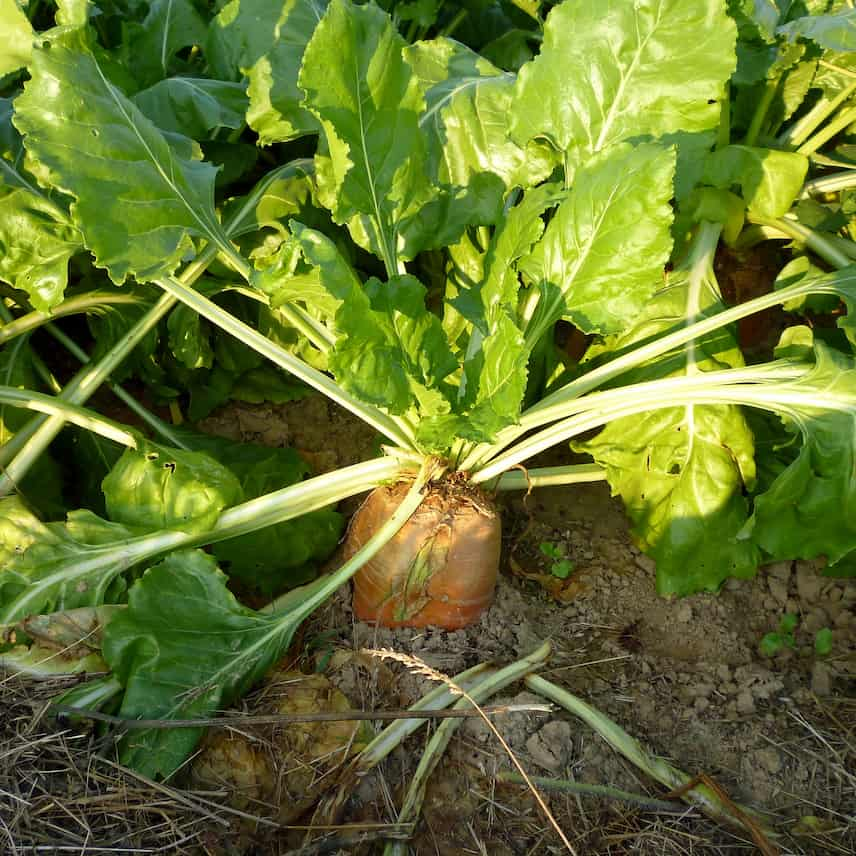
The Vauriac Yellow fodder beet, intended for livestock, is perfectly edible when cooked
The Vauriac Yellow fodder beet is sown from March to June for a harvest starting in September. It is particularly sensitive to competition from adventive plants, so weeding will need to be thorough.
- Subscribe!
- Contents
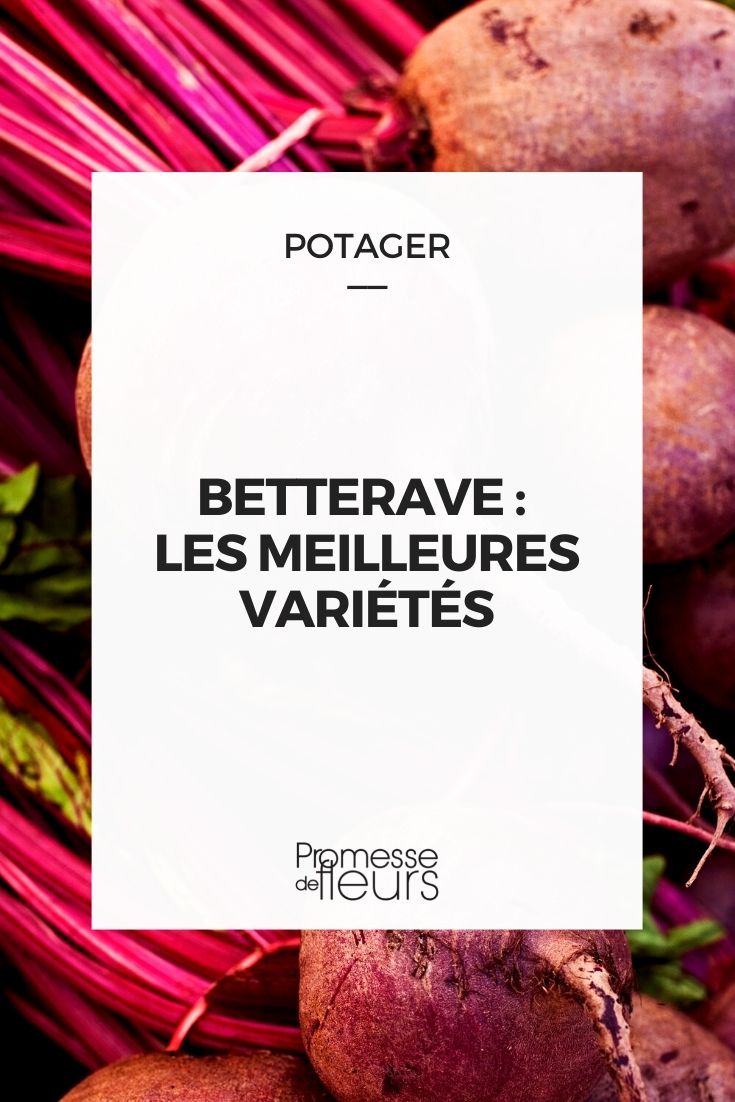































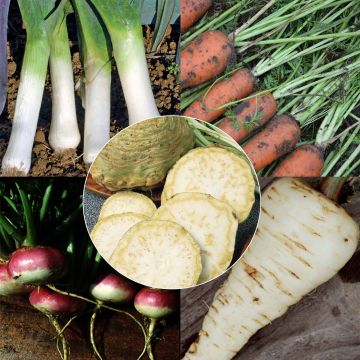
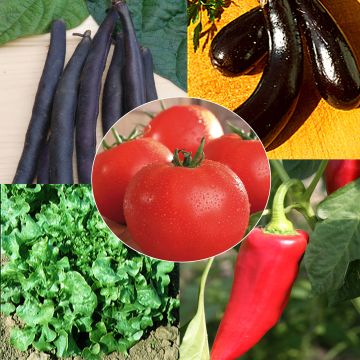
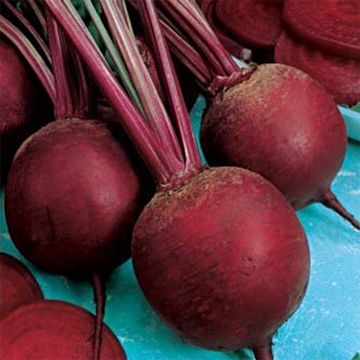
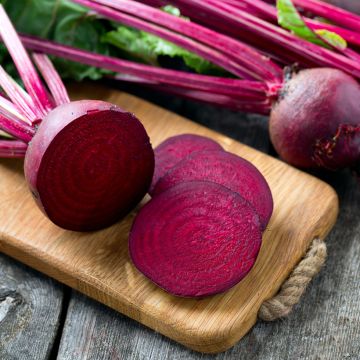
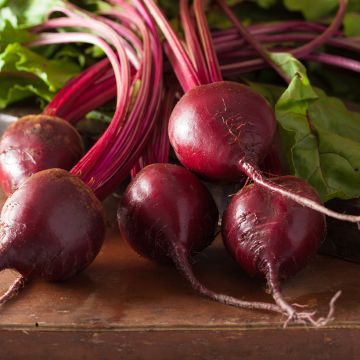
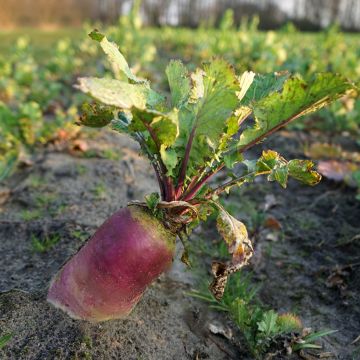
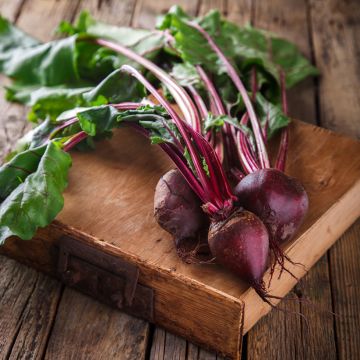
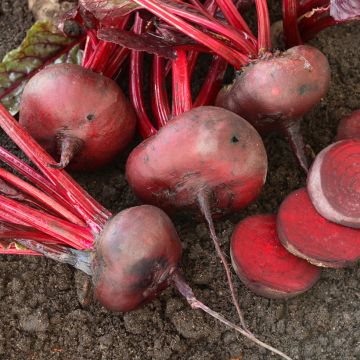
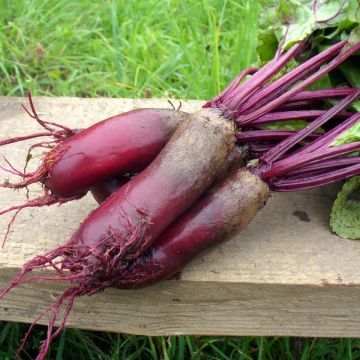
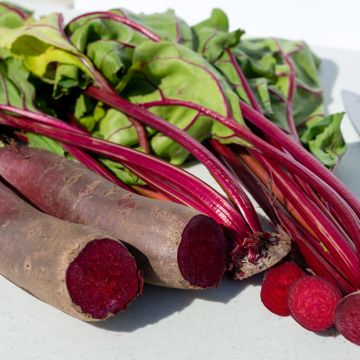
Comments